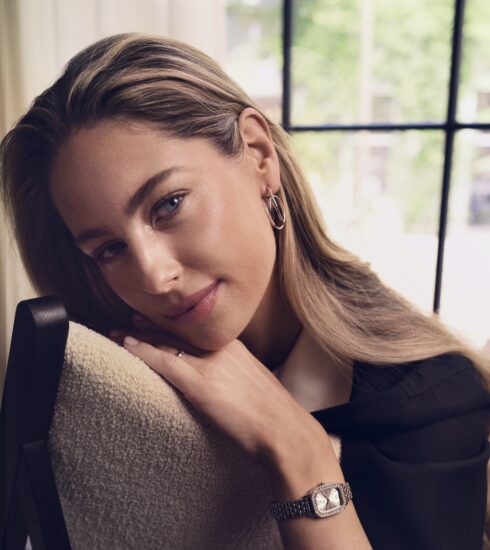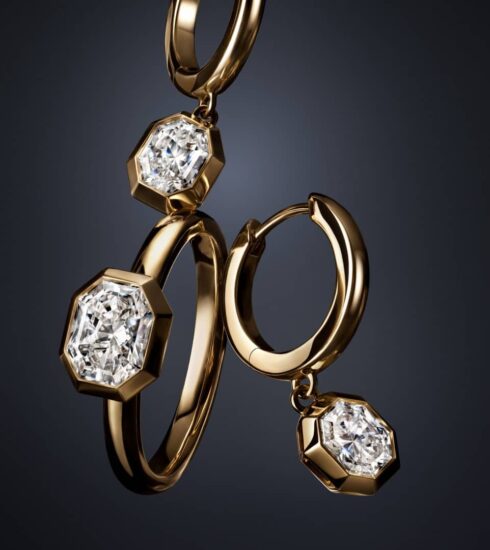Lukas Grewenig: Interview with the new designer at BINDER Jewellery
Lukas Grewenig: Interview with the new designer at BINDER Jewellery
BINDER Jewellery has introduced Lukas Grewenig as its new Head of Design. He talks to Insight Luxury about his new role and his inspiration, and explains why curiosity is one of his most important qualities.
Left: Binder Jewellery icon: The award-winning “Perception” necklace.
Lukas Grewenig has been part of the Binder Group as a designer of the egf wedding ring manufacturer since 2021 and has already won several prestigious awards for his designs, including the German Design Award, the Inhorgenta Award, the iF Design Award and most recently the IDA Design Award.
With the appointment of Lukas Grewenig as the Group's Head of Design, BINDER reaffirms its commitment to excellent design and the continuous development of its jewelry collections. Insight Luxury spoke with Lukas Grewenig about his plans, ambitions, and inspirations in the world of jewelry design.
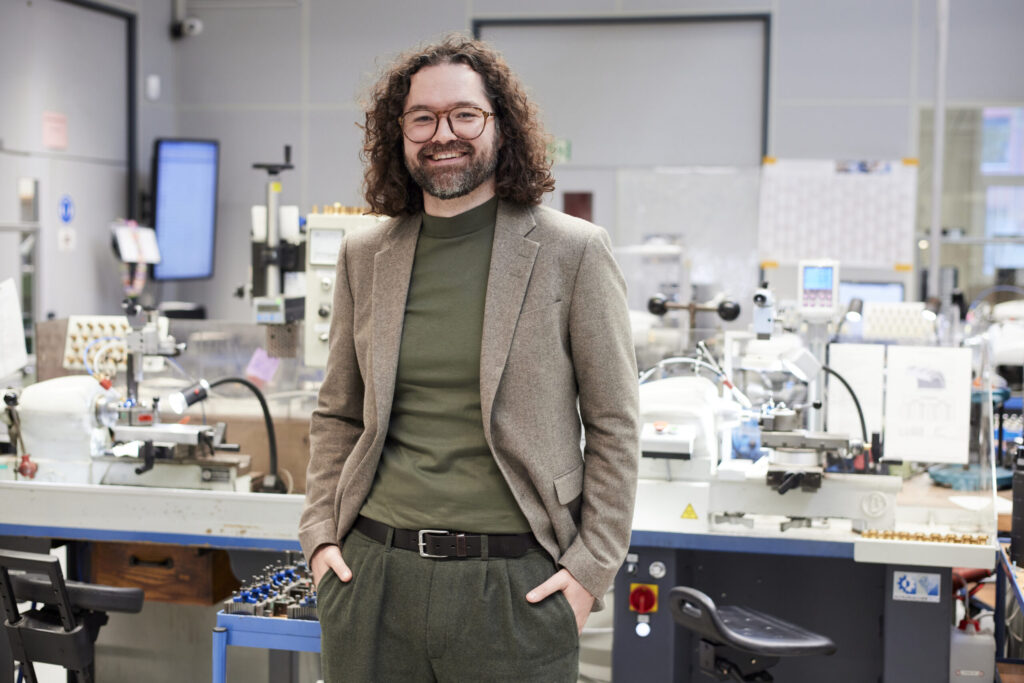
INSIGHT LUXURY: Lukas, congratulations on your new role as Head of Design at BINDER Jewellery and FBM. How will the coming weeks and months look for you now? look?
LUKAS GREWENIG: Through my work at our sister company, egf, BINDER is certainly no stranger to me. In the coming weeks, I'll delve deeper into the subject matter and connect with my contacts. We're currently developing an onboarding plan so I can gain insight into the details of the manufacturing processes. This has always been important to me in my career as a designer. Every company has its own idiosyncrasies and specialized knowledge about what works and what doesn't. That's exactly what I'll be exploring now and getting to know the manufacturing company better.
IL: Why are such insights important for the design process?
LG: Some techniques look quite exciting from a distance, but can prove inflexible up close. Others seem rather inaccessible at first, but upon closer inspection, offer great potential. This suddenly opens up entirely new horizons for me as a designer, because it allows me to discover where I can contribute to creating new forms.
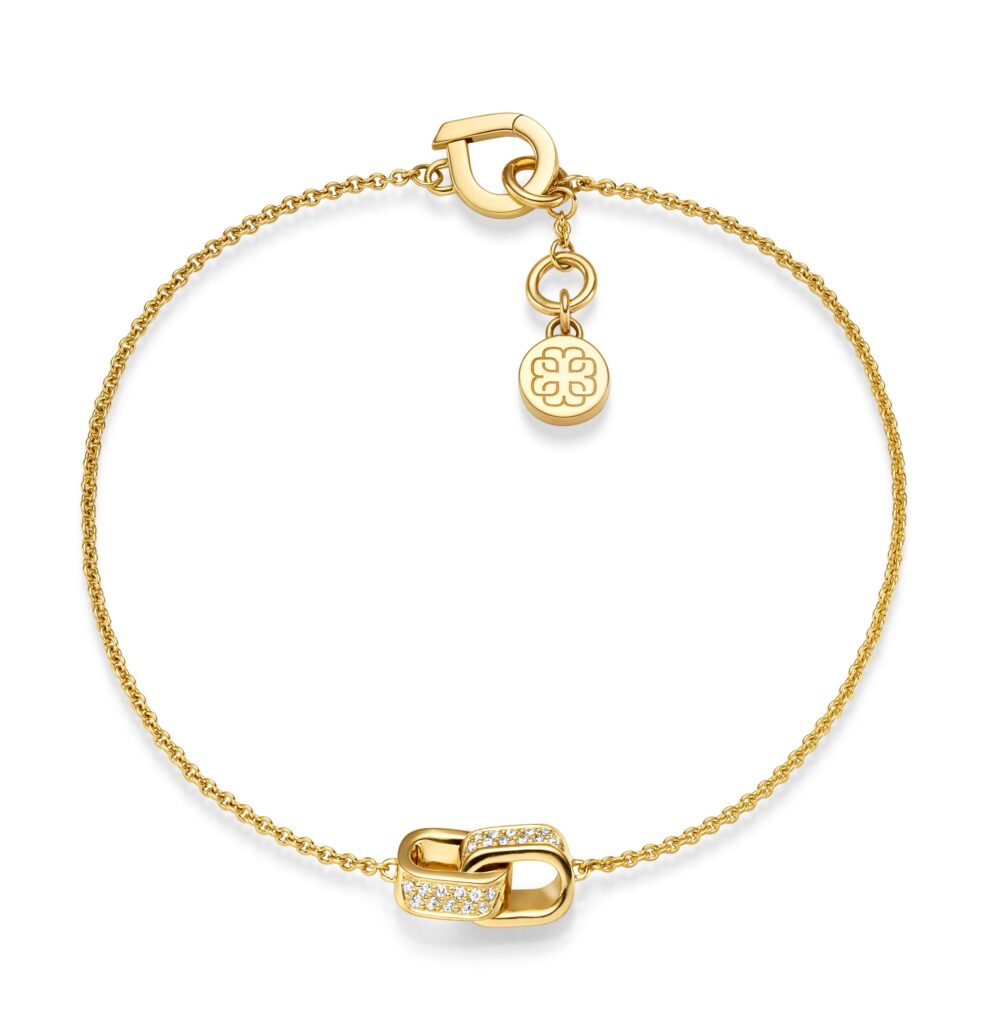
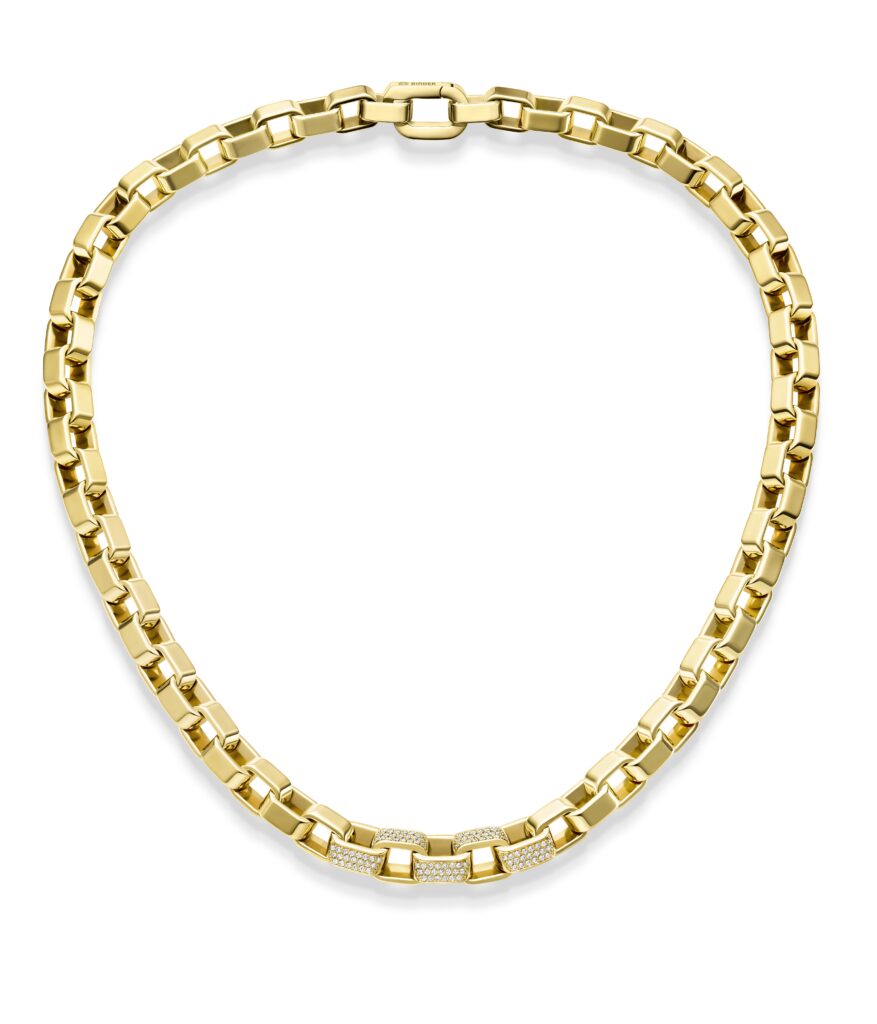

IL: The egf Manufaktur focuses strongly on rings, while the history of BINDER emerged from the chain. Is this a new field for you? Which Do you have experience working with rings?
LG: A lot of this is actually not new to me. The nice thing about the jewelry industry is that it's a relatively small field, where you can't avoid many topics. As a designer, it's relatively unusual to spend your entire career in just one category. I come from the fine jewelry sector and have done a lot of project-based work in recent years, which always provides points of contact with other areas. I also lived in England for a while and had my own jewelry label there – also with a focus on high quality. So, I've tried out a lot of things in that field that I can draw on. Of course, I've also always been in contact with other designers on topics that haven't really played a role in the wedding ring world. That's why I'm all the more pleased that Nick and Stefan (the management team Nick Binder and Stefan Schiffer, editor's note) approached me with this new challenge.
IL: BINDER Jewellery has a very clear and recognizable design language. What look As a designer, what influence do you have on the brand's existing collections?
LG: What fascinates me most about BINDER is the combination of two qualities: the great importance given to design and, at the same time, the applied craftsmanship in the manufacturing process, which is deeply rooted in the company's history. Neither of these aspects stands alone. I'm inspired by the tradition of making, manufacturing, skill, and the simultaneous joy of design. Being able to draw on something like that is simply fantastic – and at the same time, an exciting challenge, because I set very high standards for myself. In a manufacturing company with this level of expertise, contributing design ideas requires a particularly high level of know-how. It should be relevant and, at the same time, represent the origin of the production.
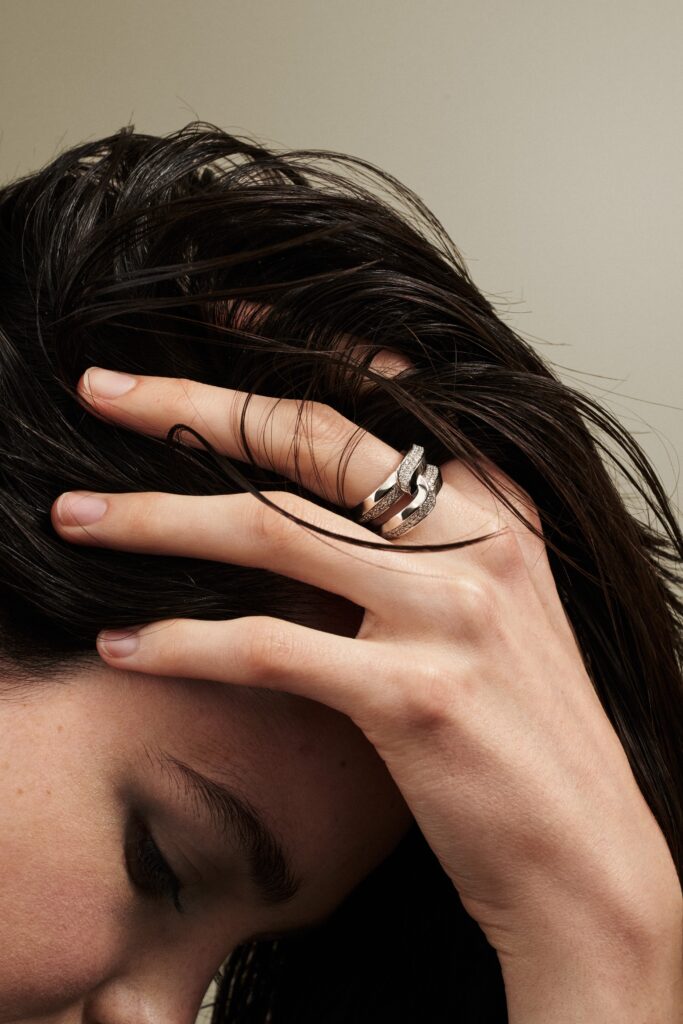
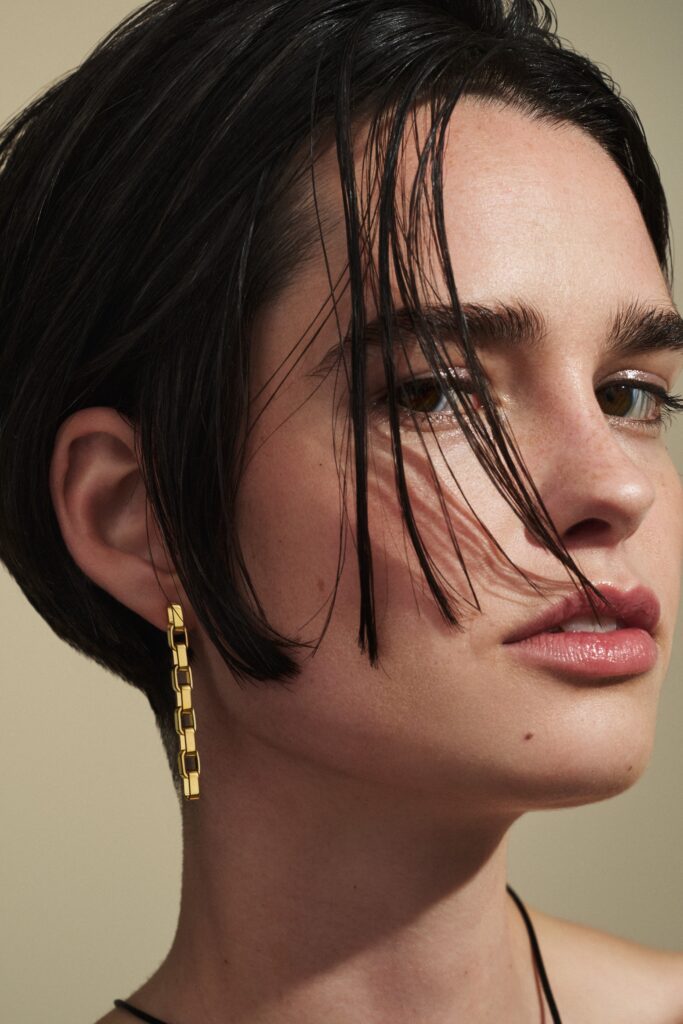
IL: That means you won't be starting with a blank sheet of paper.
LG: That's true. I'm already working very closely with Nick. As a designer, I generally like to find "sparring partners" with whom I can share my knowledge and perspectives. Everyone brings their own experiences and a unique style that they've developed over the years. I think it's part of the process to challenge each other a bit in this context.
Right now, my priority is to understand where the team sees the BINDER brand and how it should evolve. That's why I'm not starting with a blank slate, of course, but rather trying to sense continuity and develop it further.
IL: You will certainly leave your own mark on the design.
LG: Of course, I want to contribute something of my own and bring in new, exciting elements. The great thing is that BINDER has a very deep history and is, at the same time, a very young brand. This gives me the opportunity to step outside the current waters and help shape the future.
IL: How much do you adapt as a designer to the existing style and how many Do you have your own preferences?
LG: They certainly can't be completely separated—but I don't think that should be the goal. Of course, I have my own style, but in my career as a designer, I develop tools to start the development process as neutrally as possible. I gather many influences and try to take a sober, objective approach to the concept in the first step. But when it comes to the actual design, I find it positive when you can recognize the individual style. Every design is allowed to have its own character; that's what ultimately defines it.
IL: How would you describe your personal style? Which designs stand out catch your eye when you walk through a jewelry fair, for example?
LG: I find this question very fascinating. I think my personal style changes often. As a designer, I'm strongly drawn to conceptual work. When I walk through a jewelry fair, I don't look at the materials and elements so much as I look for new techniques and ideas and wonder how they've been implemented.
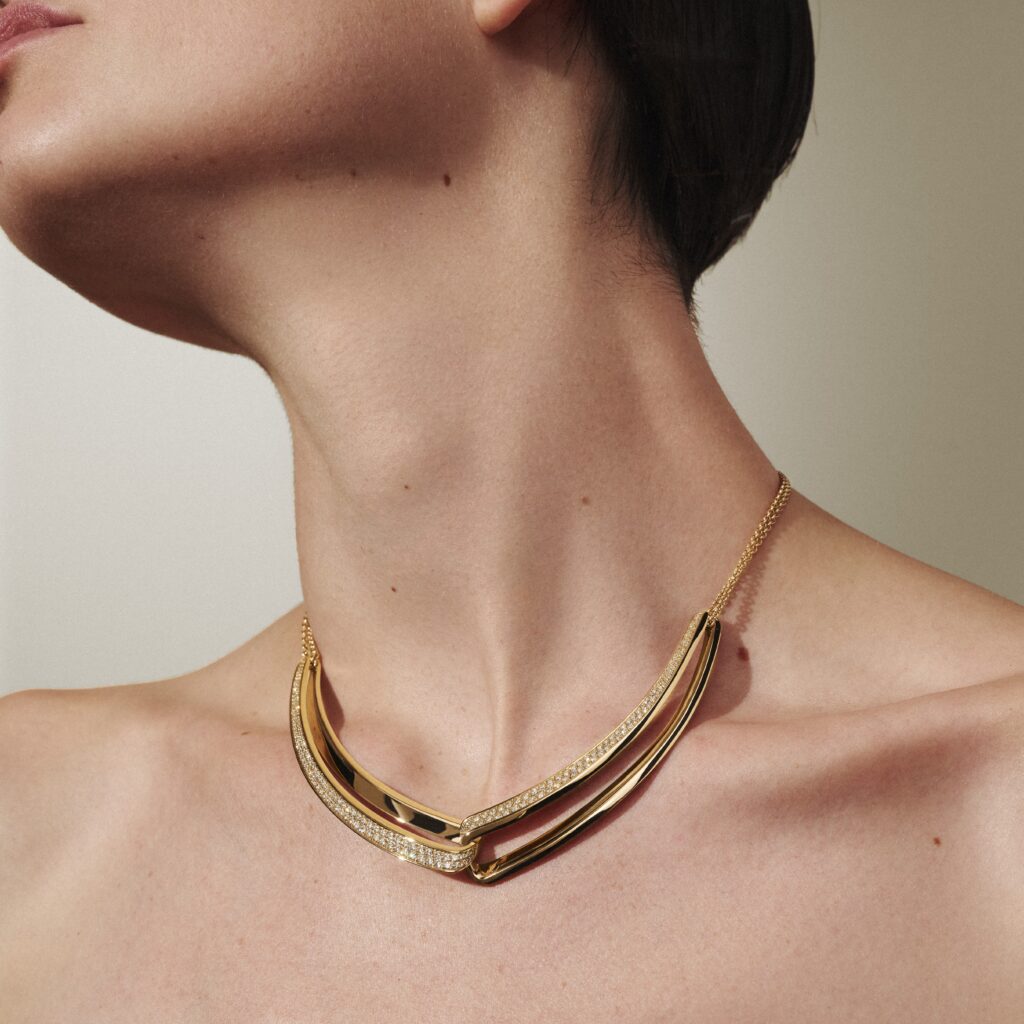
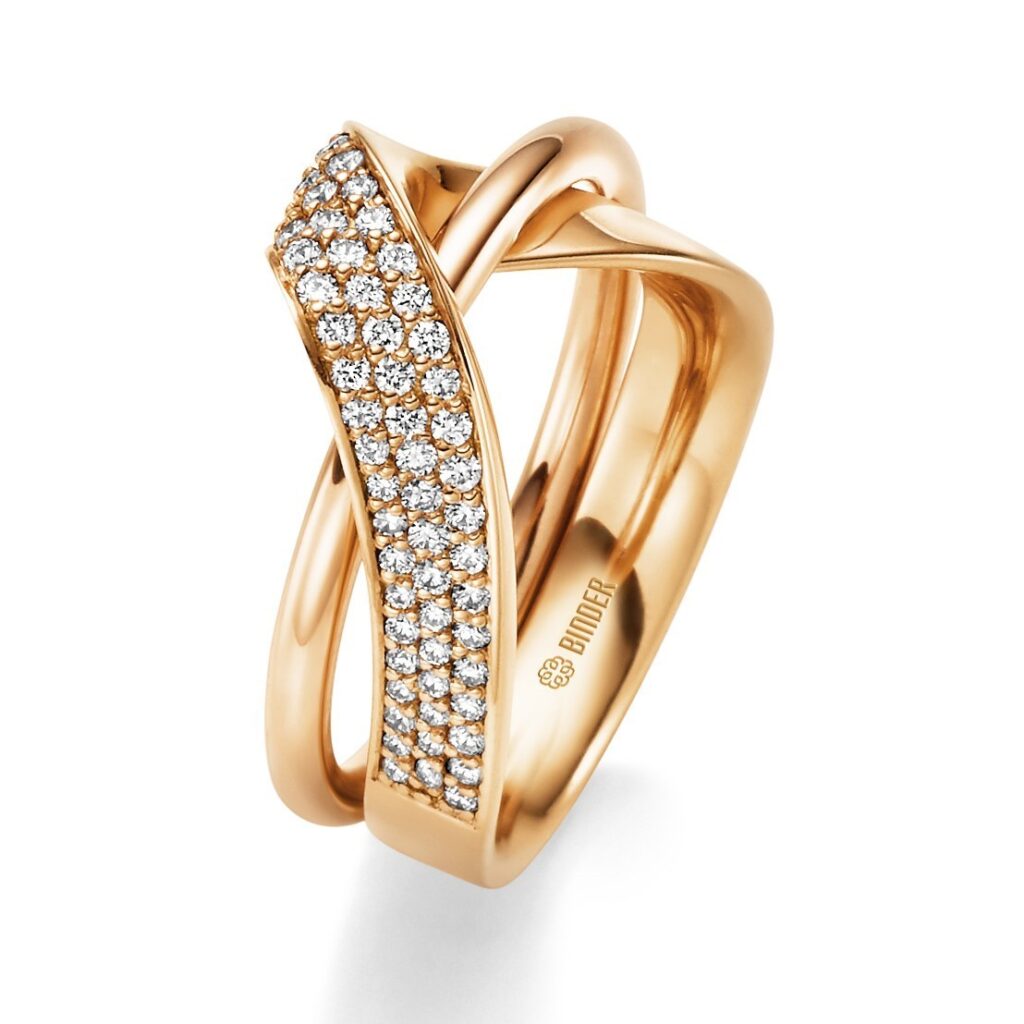
IL: So it's about the spirit of discovery in jewelry design...
LG: Exactly. I think the most important quality in design is curiosity. You can find inspiration not only at trade fairs, but basically in every shop window you pass. It doesn't even have to be jewelry. I find many other craft disciplines incredibly fascinating. How does someone from ceramics deal with surfaces? How does someone who works with fabric deal with patterns?
In England, I had the luxury of working in a studio where many other, sometimes very niche, craft disciplines were also represented—for example, basket weaving. I always wonder how such techniques can be applied to jewelry. So, when I walk through the city, I often stop in front of shops that make objects from glass, ceramics, or wood. I find it fascinating how people in these fields have solved problems.
IL: Keyword problem solving: What do you personally think of artificial intelligence as Design tool? Can AI actually help solve problems with real designs, or Doesn't it produce more than beautiful pictures?
LG: I think that's a very interesting topic, one we often discuss within the BINDER Group. Based on my limited experience, I'd say that AI hasn't yet had much use in my work, except for generating an interesting image every now and then. So far, it's more of a gimmick. However, so much is happening so quickly in this area that I wouldn't be surprised if I answer this question completely differently in a year.
Lukas, thank you for the interview.
Annegret Moser




